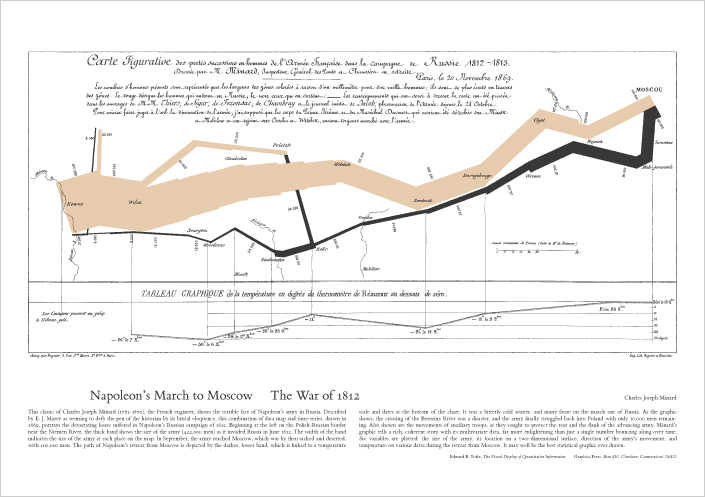Aurelie Thiele has a thoughtful post on On Quantitative Finance, inspired by a number of articles on the August melt-down of quant funds. Computational finance has become big business, both in education and on Wall Street. Carnegie Mellon and the Tepper School has been a leader in this, in keeping with our history as a quantitative oriented business school.
Aurelie highlights an article on the role OR people play in this (most won’t call themselves OR people, but I won’t get into that discussion yet again! They use models and mathematics to make better decisions: call it what you want)
But I enjoyed most of all “On Quants,” a short rebuttal to “The Blow-Up” written by a MIT professor in mathematics, Dr. Daniel Stroock, who argues that “[quants’] mission is to blindly keep those stocks moving, not to pass judgment on their value, either to the buyer or to society. Thus, [the author] finds it completely appropriate that quants now prefer the euphemism ‘financial engineer.’ They are certainly not ‘financial architects.’ Nor are they responsible for the mess in which the financial world finds itself. Quants may have greased the rails, but others were supposed to man the brakes.” While the dilution of responsibility in the financial world is becoming a tad worrisome, I liked Stroock’s advocacy for the term “financial engineer.”
I too like the word engineer, but mainly because in fact it would bring into the system some true checks and balances due to an engineer’s professional, legal, and ethical obligations. I think you would be hard pressed to find a professional engineer who would blithely say “I knew it didn’t have any brakes but my job was to put in the biggest engine I could! Shame about those kids, though.” Most engineers would take it as a solemn responsibility to ensure that the nonsense generated by a damn-fool architect was actually safe and effective when put into practice.
Take the following from the National Society of Professional Engineers Code of Ethics:
Fundamental Canons
Engineers, in the fulfillment of their professional duties, shall:
- Hold paramount the safety, health, and welfare of the public.
- Perform services only in areas of their competence.
…
II. Rules of Practice
- Engineers shall hold paramount the safety, health, and welfare of the public.
- If engineers’ judgment is overruled under circumstances that endanger life or property, they shall notify their employer or client and such other authority as may be appropriate.
- Engineers shall approve only those engineering documents that are in conformity with applicable standards….
I wonder if the “financial engineers” (very few of whom are professional engineers) really understood the assumptions in the models they used, to the level necessary to communicate that to employers.
Having “financial engineers” sounds like a great thing for the market, but only if they truly are engineers with all that entails.
 Seattle is going to beat the attendance record Pittsburgh set last year (I predicted it, and predict that Washington will set a new record next year that will take a few years to break). I’m not going because it is 18 hours of flights away from New Zealand, and I needed to cut back on my travel a bit.
Seattle is going to beat the attendance record Pittsburgh set last year (I predicted it, and predict that Washington will set a new record next year that will take a few years to break). I’m not going because it is 18 hours of flights away from New Zealand, and I needed to cut back on my travel a bit. Aurelie Thiele of Lehigh has a wide-ranging blog on
Aurelie Thiele of Lehigh has a wide-ranging blog on  I
I  When I was a doctoral student (20 years ago!), my adviser
When I was a doctoral student (20 years ago!), my adviser  Being in New Zealand, I am looking for the one big memento of the year. And naturally tattoos come to mind. Here, tattoos are not (necessarily) a sign of a an evening with too much drink, but are a an integral part of the Maori culture, and have been adopted by pakeha (those of European descent: New Zealand almost uniquely takes an indigenous term as a non-pejorative term for the later arriving group) as a sign of national pride. Of course, not just any tattoo would work. It would have to reflect my core values, my aspirations, the real me. So it would have to be operations research oriented. Now if I were a queueing person, I could just get Little’s Law (L= l w) (the little l being lambda), but I am not. I suppose I could get a
Being in New Zealand, I am looking for the one big memento of the year. And naturally tattoos come to mind. Here, tattoos are not (necessarily) a sign of a an evening with too much drink, but are a an integral part of the Maori culture, and have been adopted by pakeha (those of European descent: New Zealand almost uniquely takes an indigenous term as a non-pejorative term for the later arriving group) as a sign of national pride. Of course, not just any tattoo would work. It would have to reflect my core values, my aspirations, the real me. So it would have to be operations research oriented. Now if I were a queueing person, I could just get Little’s Law (L= l w) (the little l being lambda), but I am not. I suppose I could get a